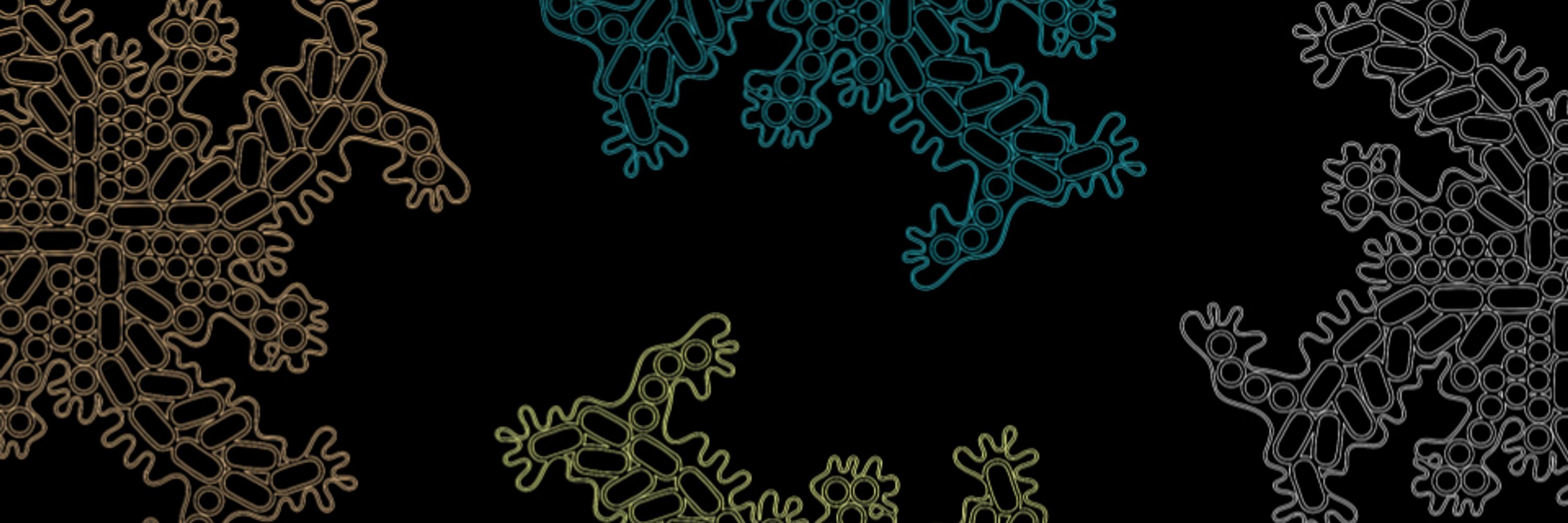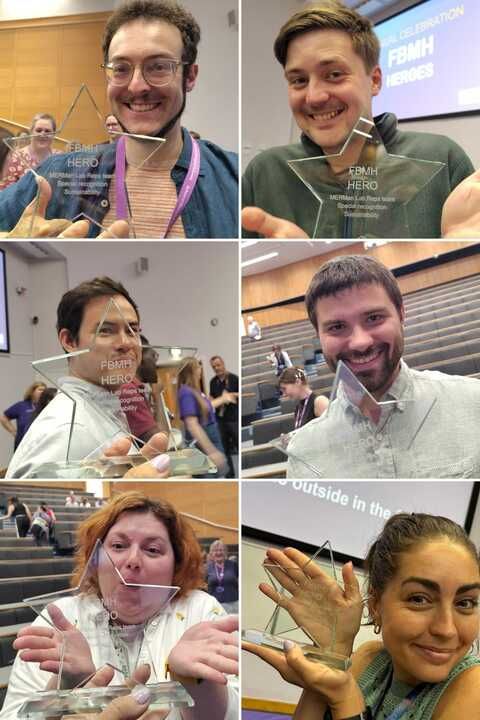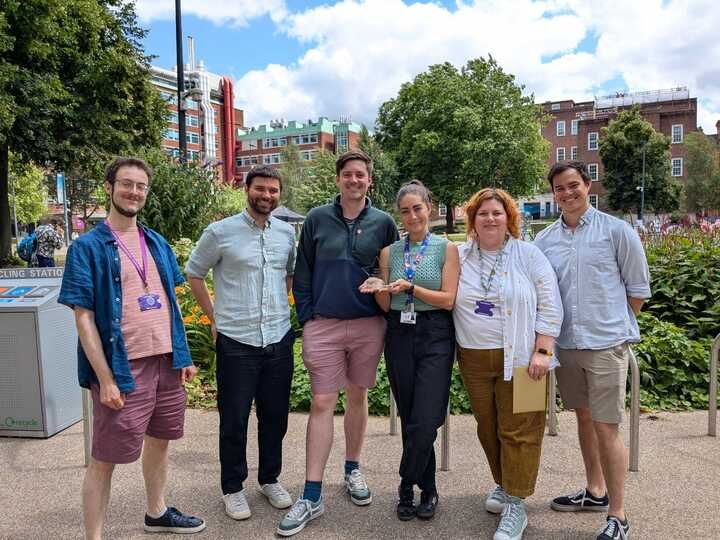Will Smith
@willpjsmith.bsky.social
280 followers
650 following
46 posts
I love science! I study toxin interactions in microbes. Dad of two @wellcometrust Sir Henry Wellcome Fellow | All views my own | he/him | 🏳️🌈
Posts
Media
Videos
Starter Packs
Reposted by Will Smith
Will Smith
@willpjsmith.bsky.social
· Aug 31
Will Smith
@willpjsmith.bsky.social
· Aug 31
Will Smith
@willpjsmith.bsky.social
· Aug 31
Will Smith
@willpjsmith.bsky.social
· Aug 31
Will Smith
@willpjsmith.bsky.social
· Aug 31
Will Smith
@willpjsmith.bsky.social
· Aug 31
Will Smith
@willpjsmith.bsky.social
· Aug 31
Will Smith
@willpjsmith.bsky.social
· Aug 31
Will Smith
@willpjsmith.bsky.social
· Aug 31

Type VI secretion system activity at lethal antibiotic concentrations leads to overestimation of weapon potency
Competition assays are a mainstay of modern microbiology, offering a simple and cost-effective means to quantify microbe–microbe interactions in vitro. Here, we demonstrate a key weakness of this meth...
www.microbiologyresearch.org
Reposted by Will Smith
Reposted by Will Smith
Will Smith
@willpjsmith.bsky.social
· Jul 2



![FIG. 3: Time lapse visualizations of a two player coordination game with payo matrix A = [10 5; 510]. The images show the spatial con guration (lattice size L = 256) at t = 0246810 with dt = 005. White corresponds to player 1 and black is player 2. Starting from well mixed initial condition, initial fraction of player 1 is 05, the two players separate into domains whose characteristic length scales (patch size) grow over time.](https://cdn.bsky.app/img/feed_thumbnail/plain/did:plc:pdvoxeret2wq6tzu7gxy7eeh/bafkreieb2n73jcc6srh7s455dc3ztsitbvwe7542vzhjxlc3su3x4l3lpi@jpeg)








